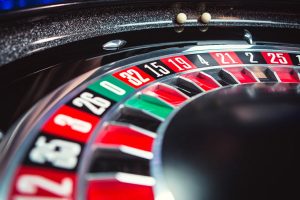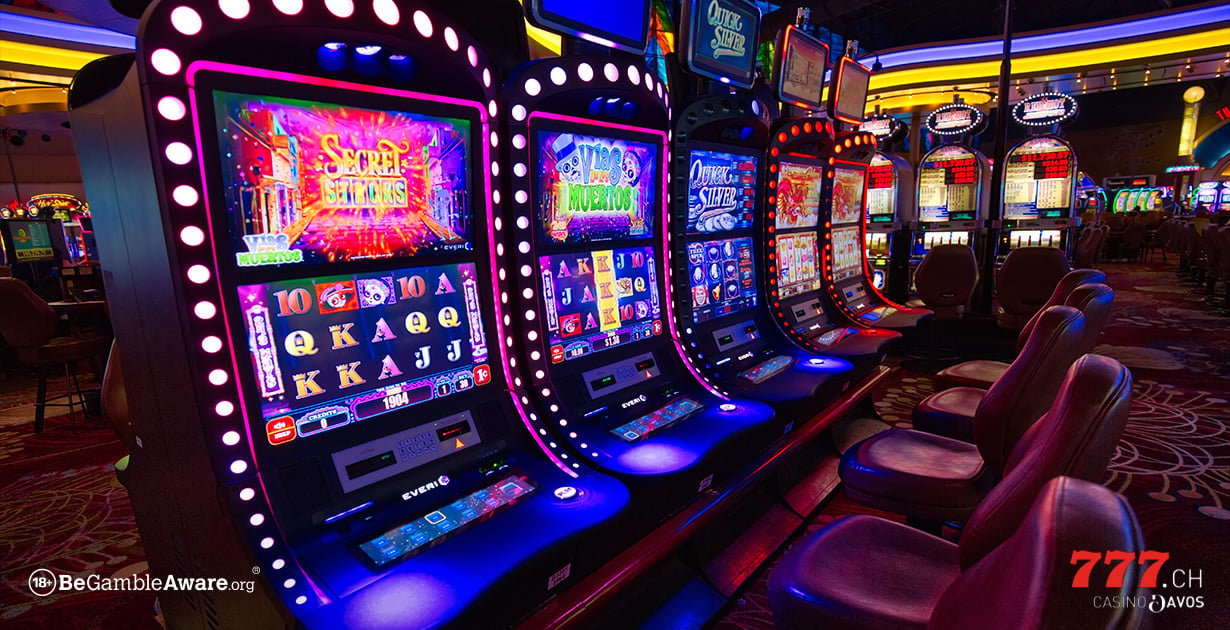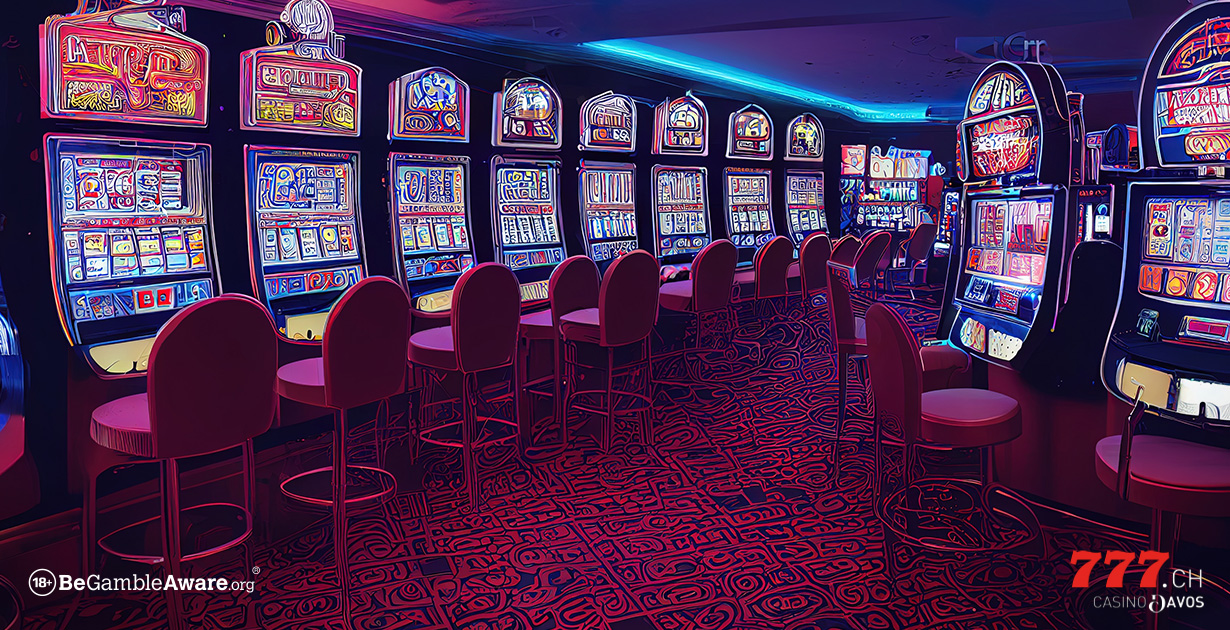Poker is a popular and historic game that is recognized worldwide as a true test of skill and daring. But that’s not the only thing poker is known for – the potential for massive winnings has made the game a hot topic for gamers all over the world! Poker is a table game, such as Blackjack, with countless variations. So before we go into the rules of the game and all the great online poker games, it might be helpful to mention some of the most common variations in online casinos.
- Texas Hold’em
- Pot-Limit Omaha
- 5-Card Draw
- 5-Card Stud
- 7-Card Stud
- Chinese Poker
- Community Card Poker
- High/Low Chicago
- Five-O Poker
- Kuhn Poker
- Video poker
That’s just a few, of course – there are so many variants it might take years to list them all. It sounds complicated, doesn’t it? Over time, you’ll have your favorite variant, so you can choose the poker game that suits you best. Most online poker games, as well as online blackjack or online roulette, have excellent graphics and the latest technology and game mechanics, making you feel like you’re in a real casino – even if you’re playing from the comfort of your own home!
The rules of Poker
The most well-known, and arguably the most popular, version of the game is Texas Hold’em poker. The goal of poker is to win the money put forward by all the players in the game (the “pot”). Poker is generally played between 3 and 10 people, but larger numbers are not unheard of. Winning takes not only patience but also quick thinking and strong self-control. Winnings are counted using tokens: chips that are coloured differently depending on their value. Players are given two cards and the objective is to use them in conjunction with the five “community” cards on the table in front of the dealer to obtain a winning combination, such as a full house (two and three of a kind) or a straight flush (five sequential cards, such as 8-9-10-Jack-Queen). Jokers are typically not used in games of poker.
The way it works is this. Players are dealt two cards which no one else can see, after which there is a betting round. Then three community cards are dealt face up (called the “flop”) after which the players bet again. A fourth community card is dealt (called the “turn”) and the players bet again. A fifth community card is dealt (the “river”) and there is a final betting round. Then the showdown round ensues, in which each player tries to get the highest-scoring winning combination they can using their two private cards in conjunction with the face-up community cards.
Because of the need to keep their cards secret, players typically need to keep a straight face, not giving anything away in case the other players deduce what sort of hand they’re holding. A player may still decide to bet despite knowing their hand is weak; this is known as a bluff, and a player who challenges another player can be said to be “calling their bluff”. Because even minor gestures, such as frowning or rubbing one’s nose, can clue players in to someone having a poor hand, these are known as “tells” and successful players must be careful not to develop an obvious tell.
The various winning combinations in poker are ranked below, from the most valuable to the least valuable:
- Royal Flush: 10-Jack-Queen-King-Ace, all in the same suit. This hand is unbeatable.
- Straight Flush: Five cards in sequence, all of the same suit
- Four of a kind: Four cards of the same value and one unrelated card (e.g. Jack-Jack-Jack-Jack-x)
- Full House: Three cards of the same value with two cards of a different value. When more than one Full House can be formed by competing players, the one with the high value card of three wins (i.e. Six-Six-Nine-Nine-Nine beats Six-Six-Four-Four-Four)
- Flush: Five non-sequential cards of the same suit. When two flushes can be formed by competing players, the one with the highest value card wins (i.e. Two-Six-Seven-Jack-King beats Two-Six-Seven-Ten-Queen)
- Straight: Five cards, not of the same suit, in sequence. Aces can be counted as high or low, but not both in the same hand. When two straights can be formed by competing players, the one with the highest value card wins (i.e. Eight-Nine-Ten-Jack-Queen beats Ace-Two-Three-Four-Five)
- Three of a kind: Three cards of the same value with two other unrelated cards
- Two pairs: Two cards of the same value with two other cards of a different identical value. When two or more players have two pairs, the higher value wins (i.e. Nine-Nine-Two-Two-Jack beats Five-Five-Two-Two-Jack)
- One pair: Two cards of the same value with three unrelated cards. When two players have one pair, the higher pair wins (i.e. Eight-Eight-Two-Three-King beats Six-Six-Two-Three-King)
- High Card: When none of the above combinations can be formed, whichever player can form a combination with the highest total of cards will win (i.e. Four-Six-Nine-Queen-Ace beats Four-Six-Seven-Nine-King)









